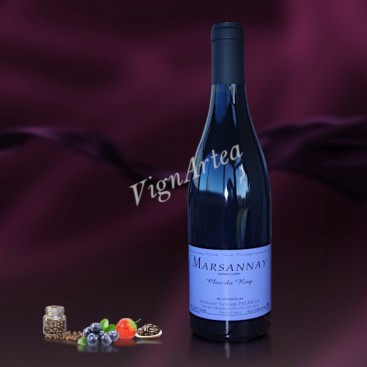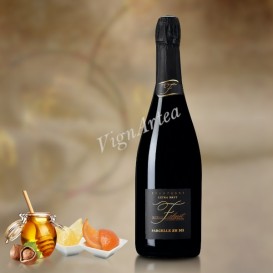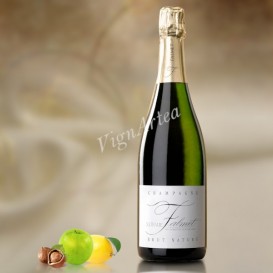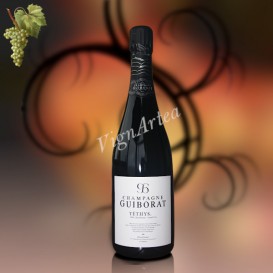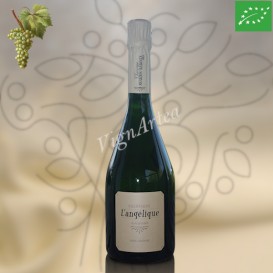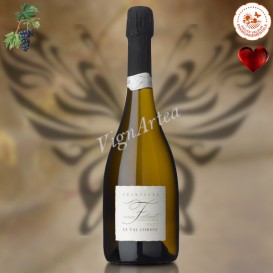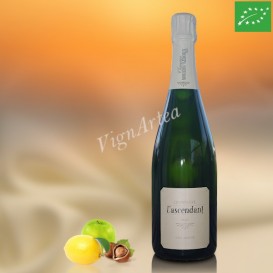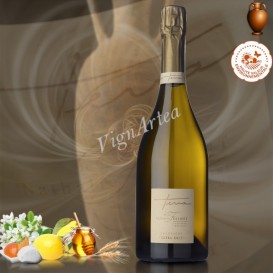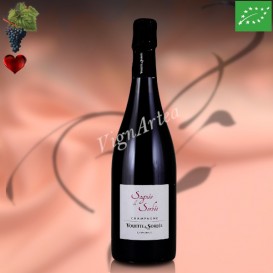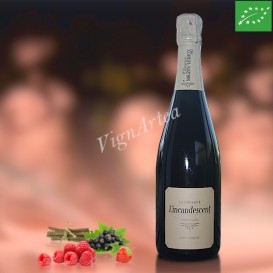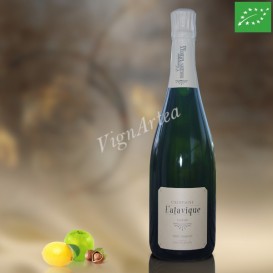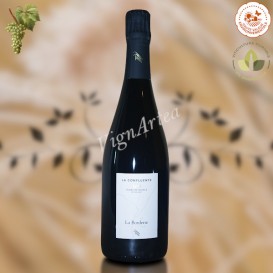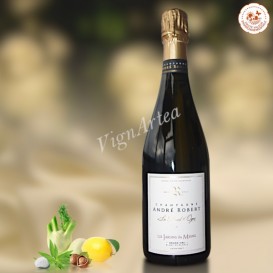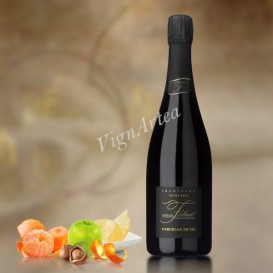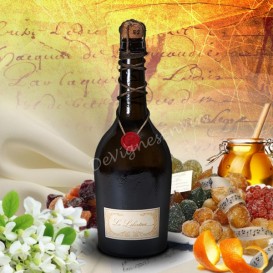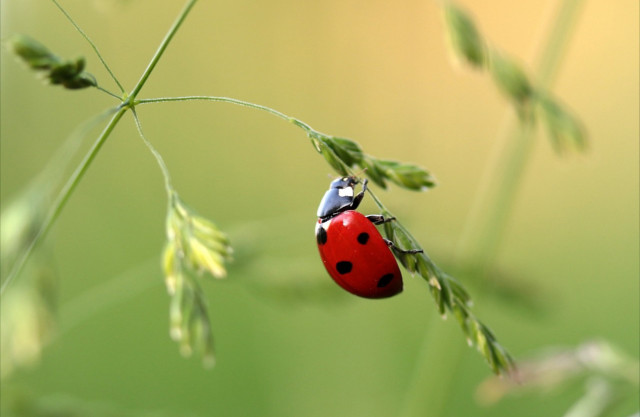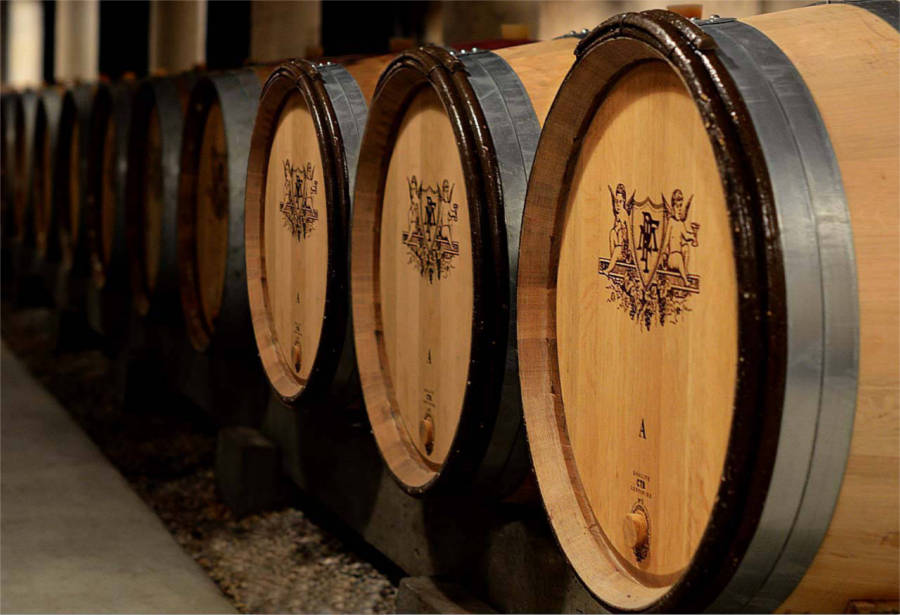CLOS DU ROY 2020 (Domaine Sylvain PATAILLE)
BOURGOGNE - AOP MARSANNAY - RED WINE
Grape variety: Pinot noir (100%)
No destemming Native yeasts
Ageing in old oak barrels for 18 months + 6 months in stainless steel tanks
- Nose: great finesse. Notes of black pepper, leather, plum and blueberry.
- Palate: elegant and full-bodied. Fine tannins, but present. Beautiful aromatic persistence
- Tasting date: tasting notes of the 2018 vintage.
- OUR OPINION: the tiny quantities supplied do not allow me to sacrifice a bottle for tasting. As those wines are of impeccable quality year after year, I wrote the tasting notes of the 2018 vintage as an indication.
The exceptional bottle's weight (1.8kg) may result in higher shipping costs for the final shopping cart.
DESCRIPTION
CLOS DU ROY is a wine made from a blend of vines planted between 1952 and 2006. The eponymous plot where they are located formerly belonged to the Dukes of Burgundy and was originally called Clos des Ducs. It was renamed Clos du Roy in 1477 when the France lost the Battle of Nancy.
The Clos du Roy plot is located on the northern slope of the MARSANNAY village which has always been renowned for the excellence of its wines.
Its soil is composed of a ten meters thick layer of bedded periglacial scree dating from the last Quaternary glaciation period, there is 20,000 years ago: it is made up of gravel and limestone gravels that the freeze/unfreeze sequences detached from the bedrock, causing them to accumulate on the slopes and at their foot.
WINEGROWING & WINEMAKING
The vines are cultivated in accordance with the Organic Agriculture and Biodynamics specifications. bUT the year 2016 with its hail and its frost were the source of terrible damage in the vines, forcing the estate to treat the few surviving grapes, which made them lose their Ecocert AB certification. The vintages from 2016 to 2019 therefore do not carry the Bio label.
The grapes are harvested and then rigorously sorted. They are not destemmed and the whole bunches are vatted for a maceration that lasts several weeks. The alcoholic fermentation is triggered by the native yeasts. The time to drawn off is determined by the tasting of the must. It is then racked into oak barrels of several wines for an 18-month ageing phase during which the malolactic fermentation ends.
When the ageing phase is over, the must is drawn off and blended in stainless steel vats to stay there for 5 to 6 extra months for settling purposes.
At the bottling, the wine is neither fined nor filtered, but a slight dose of SO2 is added in order to stabilize the wine and guarantee its longevity.
| Country | Burgundy |
| Color | Red |
| Orange wines | No |
| Clay amphorae wines | No |
| Type | Dry |
| Vintage | 2020 |
| Capacity | 75 cl |
| Single Grape Variety | Pinot noir |
| Alcohol rate | 13 % |
| Quality Designation | Marsannay |
| Cellar Potential | 10 years |
| Service advise | 18°C(64°F). Decant 1hr before the service. |
| Culture Methods | Non-certified Organic culture |
| Fining | No |
| Filtering | No |
| Comments | No destemming ♦ Fermentation with native yeasts ♦ Ageing for 18 months in oak barrels + 6 months in tanks ♦ No fining, no filtration ♦ Slight SO2 addition before bottling. |

